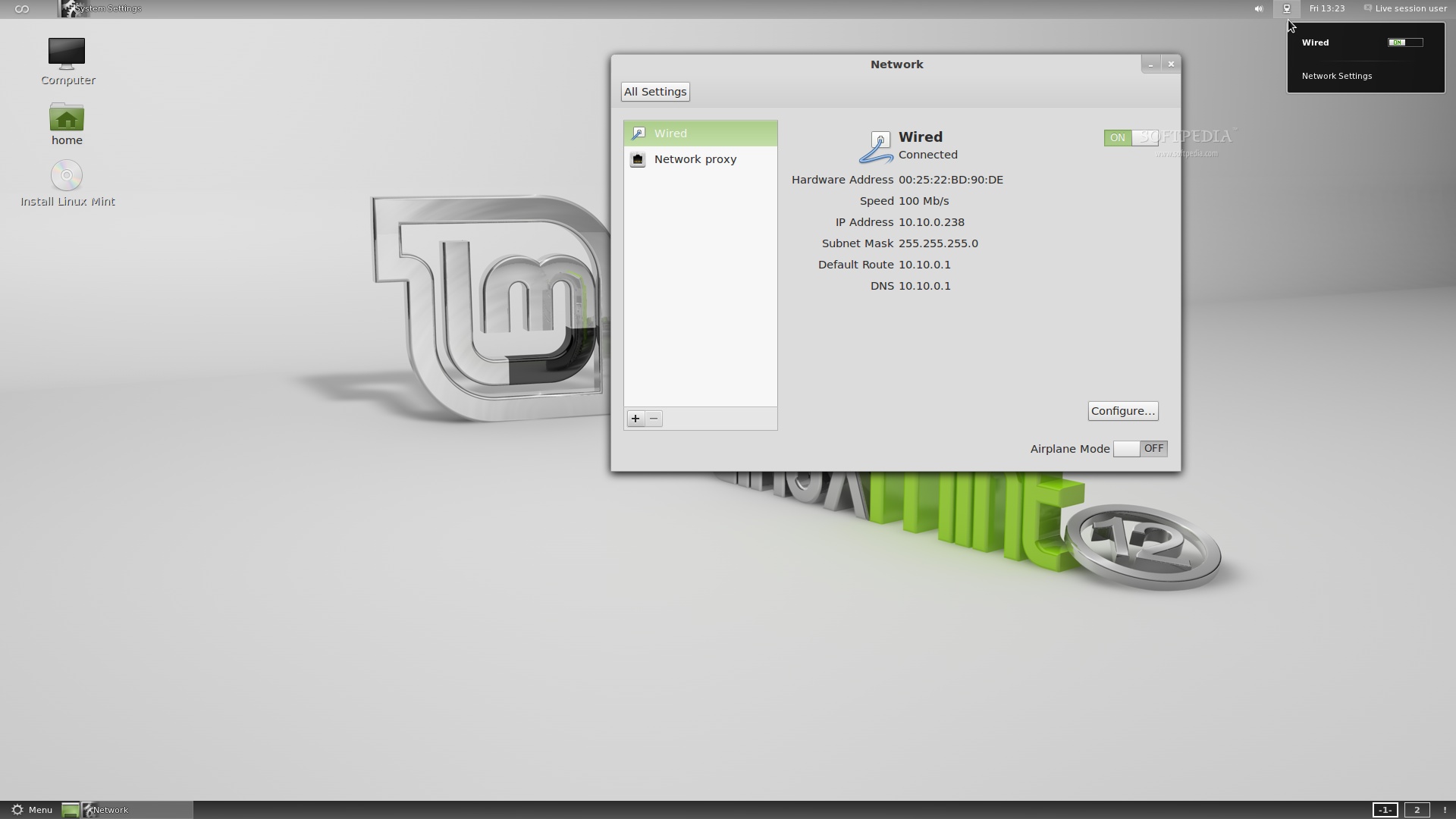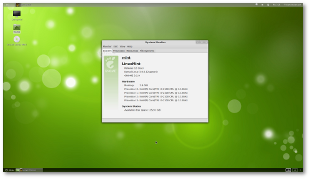
Xresource and make changes take effect without restarting the. to work around I need to reload this option before starting vim: XTermmetaSendsEscape: false xrdb -load. Without escaping the ALT will not work in bash for shortcuts. Appendix B of the Xt Intrinsics documentation has all the details of the translation table syntax, but you don't need to read that, the examples in the Xterm man page are enough to grasp the useful bits. To use ALT key in vim without tweaking, the escaping should be disabled in xterm. Uncheck box 'Use colors from system theme', and then you will be able to select 'White on Black' or anything else as you please. A window will pop up an in the top you will see 'colors', select that. To augment the default set instead, start the translation table with #override. Mark the profile named 'default' by clicking on it. There's one exception of sorts: if you define key bindings, these are all specifies in a single resource (in the Translations class), so your set of bindings replaces the default set. Thus you don't need to copy any of the default settings, just write the ones you want to overwrite. (If wildcards are involved, complex precedence rules apply.) Other resources are not affected.

Xresources (or loaded otherwise) overrides the application's built-in defaults for that resource. (In practice, you can't really make useful non-application-specific resource specifications, as there's no unification in widget names.)Īny resource specification in. or …).Īny resource specification that doesn't start with a wildcard will only apply to the specified application. You can also use the wildcard ? as a component name, and * to mean any sequence of subcomponents (so * means. xterm, unless executed under a different name such as uxterm or overridden with -name). For an application, that's the name of the executable (e.g. For a widget or individual setting, that's the type of widget or setting.Ī component name that starts with a lowercase letter is an instance. spawn a terminal uxterm -geometry 80x34-1+1 -bg OldLace & exec ctwm -W no & here. XTerm for Xterm, unless overridden with the -class command line option). In rare cases, however, configuration of the X server is required. For an application, that's the application name (e.g.
#UXTERM SETTINGS CODE#
mxvishsuxterm-setup, uxterm setup scripts mxvish code about xmodmap project. The first component is the name of the application, subsequent components are widgets in the application, and the last component is a setting of the widget.Ī component name that starts with a capital letter is a class. Bhupesh-Vs.Varshney, My config and dotfiles infrastructure Bhupesh-V.

Then call it using for example xterm -fa '-nimbus mono l-'.

I highly recommend allowing Cygwin Setup to create Desktop and Start Menu. The UXTerm configuration file allows you to define a set of named servers or aliases so as to avoid explicitly entering connection details (server URL and.
#UXTERM SETTINGS INSTALL#
A resource name has several components separated by a dot. you can use xfontsel to get the correct name of some fonts installed on your system. After the packages are downloaded, setup will automatically begin to install them: 18. Xresources file, settings consist of a resource name and a value.


 0 kommentar(er)
0 kommentar(er)
